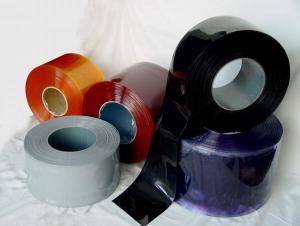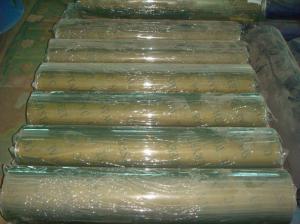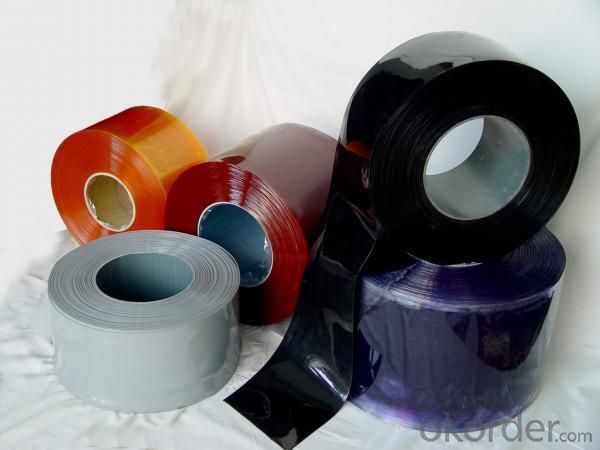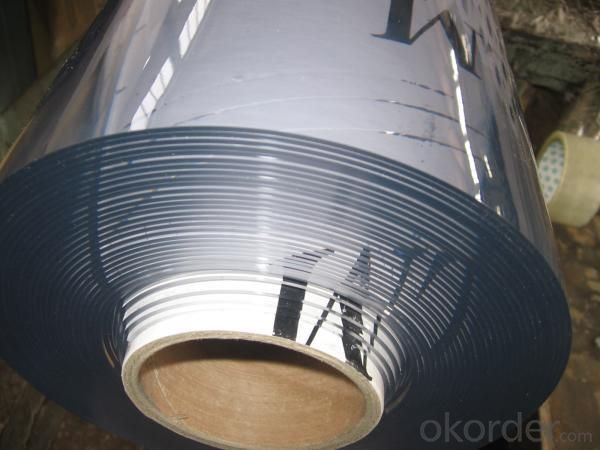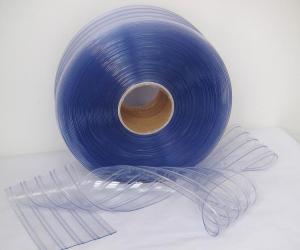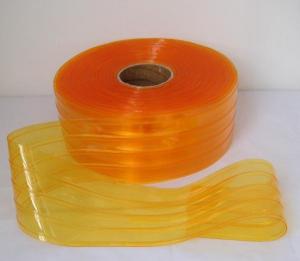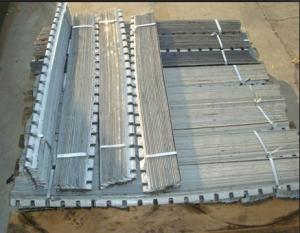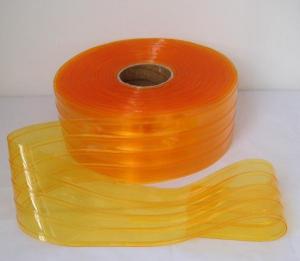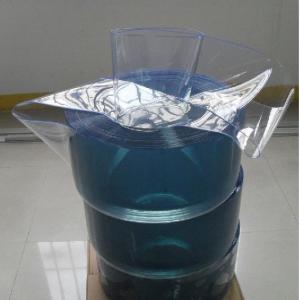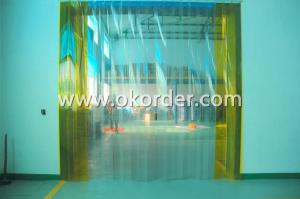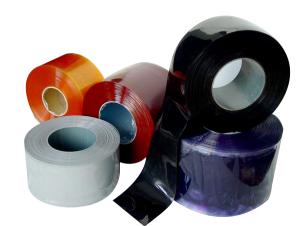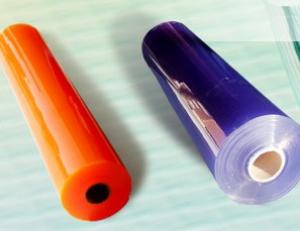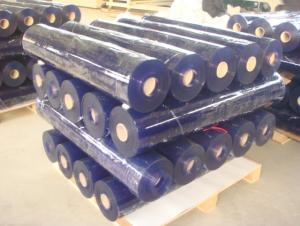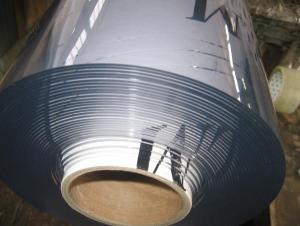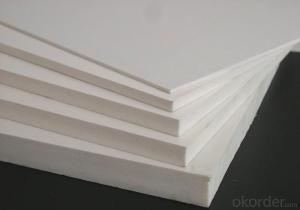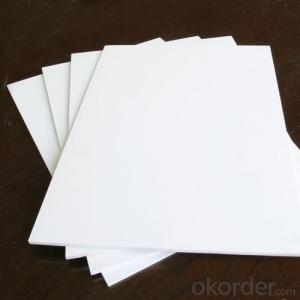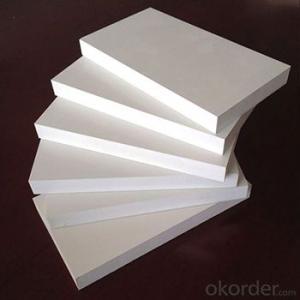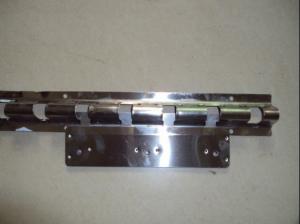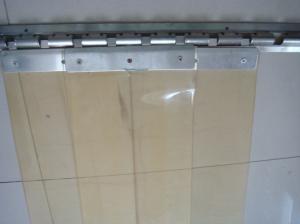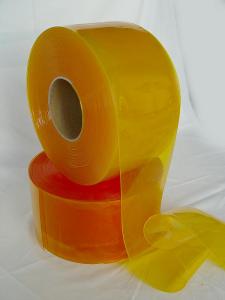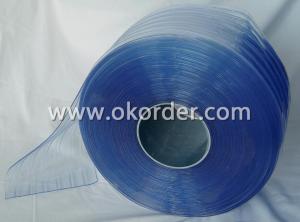PVC Transparent Sheet in Soft Type
- Loading Port:
- TianJin Port
- Payment Terms:
- TT or L/C
- Min Order Qty:
- 20 Rolls roll
- Supply Capability:
- 15 Containers Per Month roll/month
OKorder Service Pledge
OKorder Financial Service
You Might Also Like
Specifications of Soft PVC Transparent Sheet
Flexible PVC sheet is widely applied for purpose of building and industrial partition ,swing doors,furniture protection,we can provide different dimensions and color solutions for customer's requirement of pvc sheet,which application temperature range from -15 ℃ to +50 ℃,different match of width,thickness and color bring out difference pvc sheet solutions and applications.
* width solution:
600mm/800mm/900mm/1000mm/1200mm/1300mm/1400mm/1500mm/1600mm/1800mm
* thickness solution:
1mm/1.5mm/2mm/3mm/4mm/5mm/6mm/7mm/10mm
Applications of Soft PVC Transparent Sheet
I) these 1mm/1.5mm/2mm pvc sheet is ideal for application such as the partition of workshops and warehouses,printing,furniture protection,building insulation.
II) these 2mm/3mm pvc sheet is ideal to manufacture automatic roll-up doors,or if compatible,fully transparent light duty swing door panels for pedestrians.
III) these 4mm/5mm/6mm/7mm/10mm thickness sheet is best suitable for manufacturing of fully transparent light weight flexible doors,or the upper part of two color doors.
Package& Delivery of Soft PVC Transparent Sheet
Wooden pallet,shirnk film according to custom requires.
Colors of Soft PVC Transparent Sheet
clear: blue/yellow/nature
opaque: black/silver grey/milk white
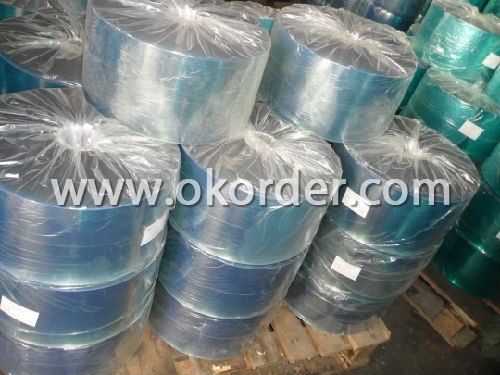
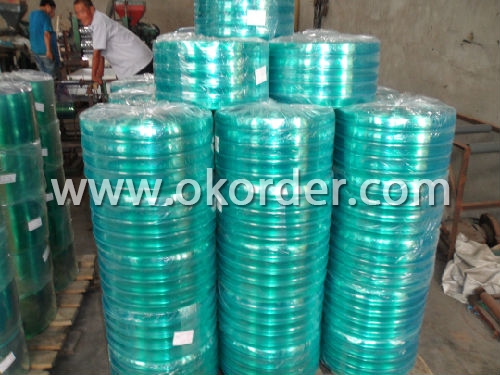
- Q: Are there any specific guidelines for using home appliances with plastic parts in areas with limited airflow?
- Yes, it is important to follow specific guidelines when using home appliances with plastic parts in areas with limited airflow. These guidelines may vary depending on the specific appliance, but some general recommendations include ensuring proper ventilation to prevent overheating, avoiding blocking air vents, and keeping the appliance away from flammable materials. Additionally, regular cleaning and maintenance of the appliance's plastic parts can help prevent dust accumulation and improve airflow.
- Q: How do plastic parts in microwaves handle exposure to electromagnetic waves?
- Plastic parts in microwaves generally handle exposure to electromagnetic waves well due to their non-conductive nature. They do not interfere with the waves, allowing them to pass through without significant absorption or distortion. However, certain types of plastic can melt or deform if exposed to high temperatures generated by the microwaves, so it is crucial to use microwave-safe plastics to ensure their longevity and safety.
- Q: Can plastic parts in home appliances be easily repaired with common household tools?
- Yes, plastic parts in home appliances can often be easily repaired with common household tools. Many plastic parts can be fixed using adhesive tapes, glue, or epoxy. Additionally, some plastic parts can be reattached or reinforced using screws or fasteners. However, the complexity of the repair and the specific tools required may vary depending on the appliance and the extent of the damage. In some cases, it may be necessary to consult a professional or obtain replacement parts for more extensive repairs.
- Q: Are there any specific storage requirements for plastic parts in home appliances?
- Yes, there are specific storage requirements for plastic parts in home appliances. Plastic parts should be stored in a clean and dry environment to prevent moisture absorption, which can lead to degradation or warping. They should also be protected from direct sunlight and extreme temperatures to avoid any potential damage. Additionally, it is advisable to store plastic parts separately to prevent scratching or other physical damages.
- Q: What kinds of plastic pipes are divided into?
- The most widely used plastic pipe is plastic pipe. There are many kinds of plastic pipes, which are divided into two categories: thermoplastic pipes and thermosetting plastic pipes. It belongs to thermoplastic, including PVC pipe, polyethylene pipe, polypropylene pipe, POM pipe, super high molecular weight polyethylene pipe, etc. it belongs to thermosetting phenolic plastic pipe. The main advantages of plastic pipes are good corrosion resistance, light quality, convenient molding and easy processing. The disadvantages are low strength and poor heat resistance.
- Q: What are the hard materials in the plastics industry?
- Application of rigid plastic dedicated adhesive, mainly used in PP, PE and ABS, PVC, rubber, ceramics, metals and other materials bonding. Widely used in home appliances, printing, handicrafts, brush, speakers, packaging, gifts and other industries.
- Q: How do plastic home appliances compare in terms of energy-saving technologies?
- Plastic home appliances, like any other type of appliances, vary in terms of energy-saving technologies. While plastic itself does not directly impact energy efficiency, the energy-saving features incorporated into these appliances, such as smart technology, power-saving modes, and improved insulation, determine their energy efficiency. Therefore, the comparison of plastic home appliances in terms of energy-saving technologies depends on the specific models and brands available in the market.
- Q: What are the common plastic components found in dishwashers?
- The common plastic components found in dishwashers include the detergent dispenser, spray arms, racks, utensil baskets, door seals, control panels, and various internal housing parts.
- Q: Can plastic home appliances be easily repaired in case of damage?
- No, plastic home appliances are not easily repaired in case of damage as plastic components are often difficult to fix due to their complex design and structure. Additionally, plastic is prone to cracking or breaking, making it more challenging to repair compared to other materials like metal. In most cases, it is more cost-effective to replace the entire appliance rather than attempting to repair plastic parts.
- Q: Can plastic parts in home appliances be repaired or replaced?
- Yes, plastic parts in home appliances can often be repaired or replaced. Many manufacturers provide replacement parts for their appliances, and there are also third-party companies that specialize in repairing or replacing plastic components. However, the availability of parts may vary depending on the appliance and its age.
1. Manufacturer Overview
| Location | Hebei, China |
| Year Established | 1991 |
| Annual Output Value | US$ 1 Million - US$ 2.5 Million |
| Main Markets | 40.00% Southeast Asia 15.00% Mid East 10.00% South America 5.00% Southern Europe 5.00% Northern Europe 5.00% Western Europe 5.00% Oceania 5.00% Africa 5.00% Eastern Europe 5.00% North America |
| Company Certifications | ISO 9001:2000; |
2. Manufacturer Certificates
| a) Certification Name | |
| Range | |
| Reference | |
| Validity Period |
3. Manufacturer Capability
| a) Trade Capacity | |
| Nearest Port | Tianjin; Qingdao |
| Export Percentage | 81% - 90% |
| No.of Employees in Trade Department | 6-10 People |
| Language Spoken: | English; Chinese |
| b) Factory Information | |
| Factory Size: | Above 40,000 square meters |
| No. of Production Lines | Above 10 |
| Contract Manufacturing | OEM Service Offered; Design Service Offered |
| Product Price Range | High; Average |
Send your message to us
PVC Transparent Sheet in Soft Type
- Loading Port:
- TianJin Port
- Payment Terms:
- TT or L/C
- Min Order Qty:
- 20 Rolls roll
- Supply Capability:
- 15 Containers Per Month roll/month
OKorder Service Pledge
OKorder Financial Service
Similar products
Hot products
Hot Searches
Related keywords
